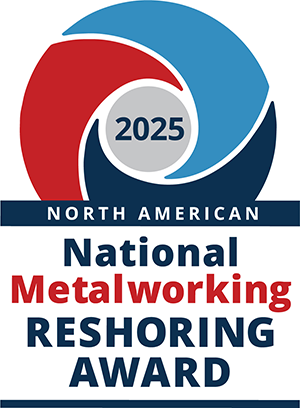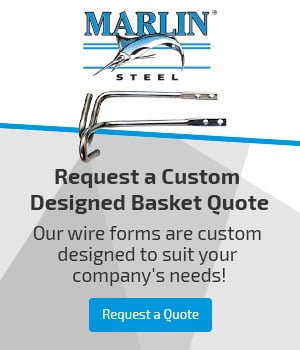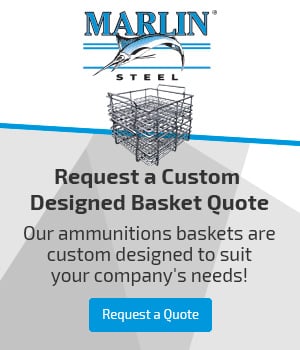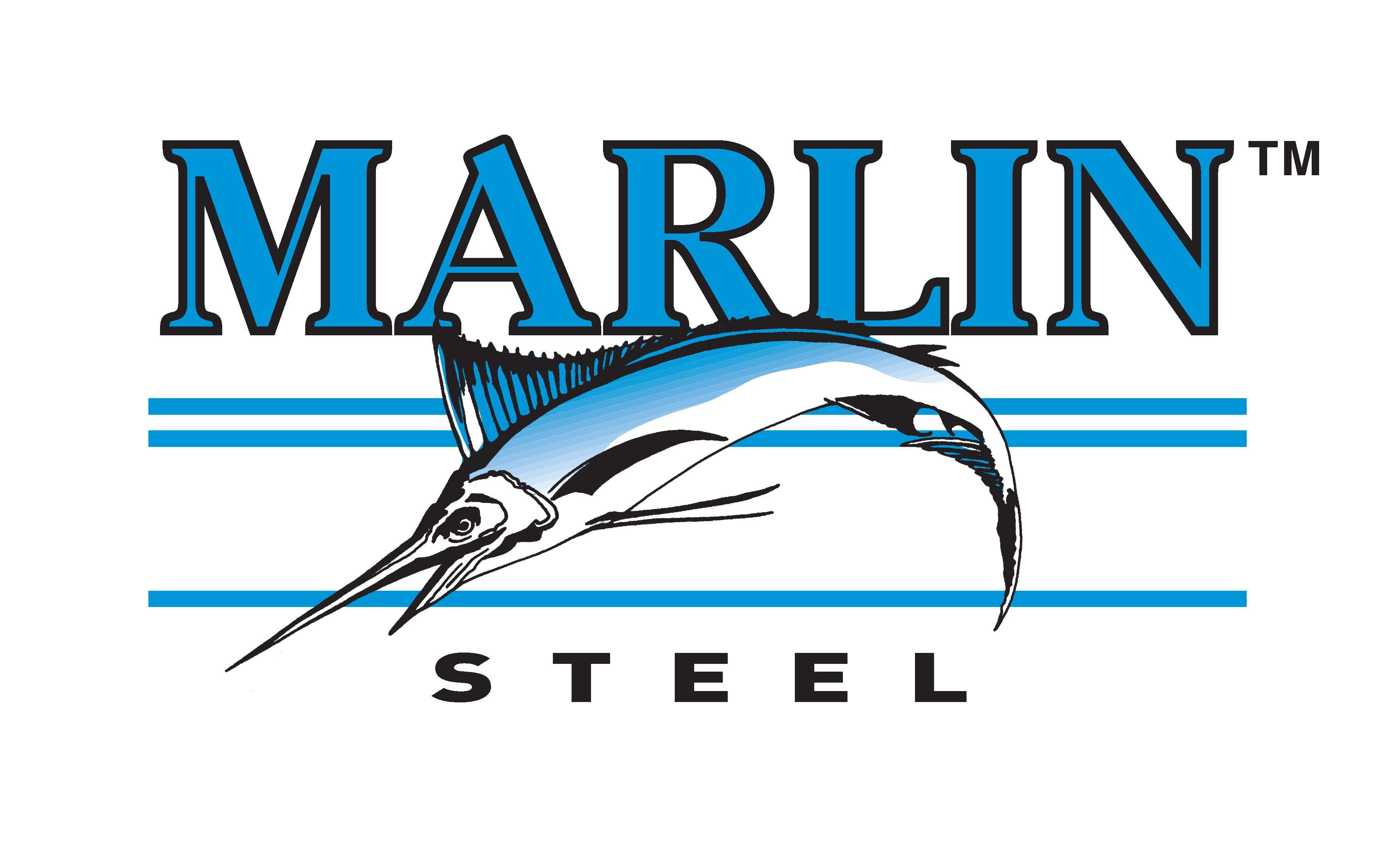 You’re probably already familiar with the Caterpillar brand name. For decades, this company has been a household name, even among people who have never worked in construction, road maintenance, or other industries that use the heavy-duty equipment that Caterpillar specializes in.
You’re probably already familiar with the Caterpillar brand name. For decades, this company has been a household name, even among people who have never worked in construction, road maintenance, or other industries that use the heavy-duty equipment that Caterpillar specializes in.
The famous Caterpillar yellow is a familiar site for commuters who pass by road construction sites. The company makes over 300 different types of equipment, from off-highway trucks that can carry tons of construction debris or earth in a single load, to dozers and excavators to move that earth around.
Remanufacturing Parts: Good for the Environment, and Good for Caterpillar
What you may not have known about Caterpillar is that they have a strong business in “reman,” or remanufactured, parts for resale to their network of dealers. They even have a division dedicated to the practice of remanufacturing parts called Cat Reman.
This division is an integral part of making sure that Caterpillar’s equipment keeps operating at peak performance with recycled parts; a business practice that’s good for both Caterpillar and the environment. By recycling parts, Caterpillar minimizes its raw materials consumption and waste.
However, the remanufacturing process posed its own unique challenges.
Challenges of the Remanufacturing Process
To clean old parts such as fuel pump cams of old, stuck-on residue so that they could be restored to “like new” condition, the parts would have to be subjected to hot baths of caustic chemical solutions.
Once the parts were done with the wash process, and chemicals and runoff from the parts would have to be allowed to drain freely, or they could become stuck to the parts or the container, causing damage.
Finally, although a single load of fuel pump cams only weighs about 15 lbs., any containers used in the wash process would also have to hold other types of parts, ones which could be much heavier.
Solving Caterpillar’s Remanufacturing Challenges with a Custom Steel Wire Basket
When Cat Reman needed a custom container to hold their remanufactured parts through their parts cleaning process, they reached out to Marlin Steel for fast, efficient design.
After reviewing Caterpillar’s remanufacturing process, including the specific caustic chemicals used in the process and the temperatures the parts (and the basket) would be exposed to, Marlin’s degreed engineers decided that a steel wire basket would be the best fit for Caterpillar’s needs.
The open space of a wire basket would provide ample drainage for runoff after the wash cycle completed. Meanwhile, thick steel wires would ensure that the basket could take the punishment of a full parts load (and then some).
To control costs and get a strong, reliable basket, plain steel was chosen as the base material for the basket. However, to withstand repeated, prolonged exposure to the corrosive chemicals used in the wash process, the steel was given a black plastic finish.
The basket design was strong enough to allow for multiple fully-loaded baskets to be stacked one on top of the other to save floor space while the parts dry off.
The Results
Caterpillar’s remanufacturing department were pleased with the results of the basket Marlin Steel engineered for them. Not only did the baskets meet Caterpillar’s basic needs for corrosion resistance and tensile strength to hold the fuel pump cams, the design allowed Caterpillar to use their custom steel wire baskets for other parts as well.
For example, the baskets were used for oil pump shafts and water pump shafts. The innate stacking design of the baskets also help Caterpillar save some valuable factory floor space when the baskets aren’t actively being used.
Marlin Steel’s custom steel wire baskets continue to help Caterpillar remanufacture their parts to meet their mission of “clean it, machine it” for sustainable manufacturing to this day.



.gif)


